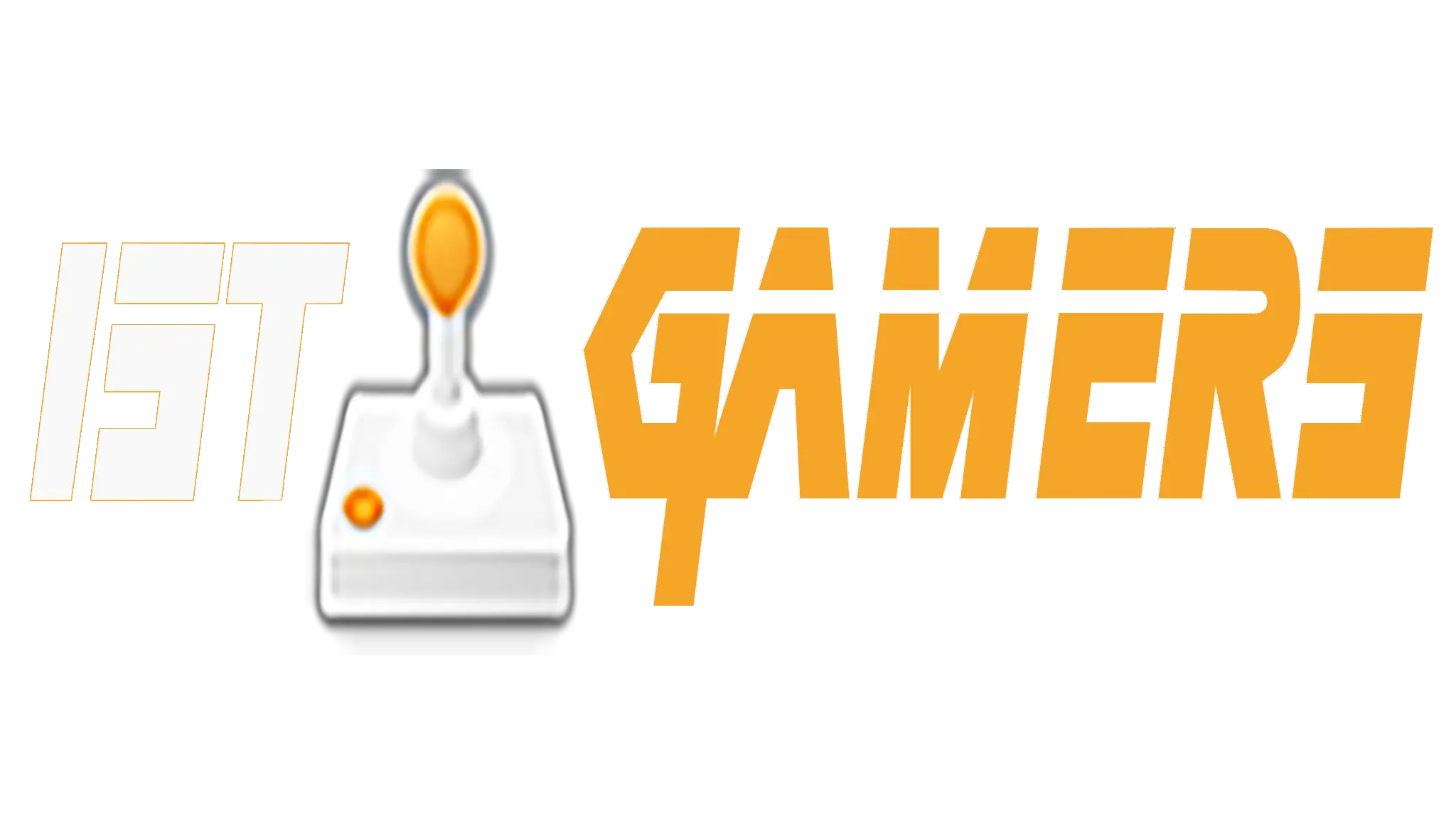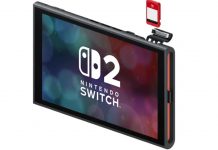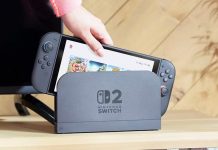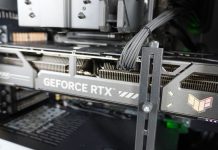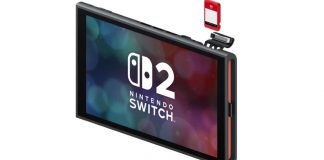![]()
Over the last few weeks, I’ve been testing the Geekom A6 mini PC as my main working computer for editing/retouching photos as well as streaming and even gaming, (it’s the first “real” PC I’ve used in more than 15 years so I just had to). While this tiny device is not the fastest or most powerful computer out there, it offers a surprising level of performance at a very easy-to-swallow $449 price.
The new A6 system is one of the latest additions to the mini computers available from Geekom leveraging both the Intel and AMD processors. The tiny computer comes loaded with an impressive array of hardware and a wide variety of ports, and it looks surprisingly like an Apple Mac mini but is even smaller.
![]()
During everyday use, the system is surprisingly quiet and performs as well, if not better, than my M1 Mac mini in nearly every test (but we’ll get into that a little later). The Geekom does get a little bit louder as you lay on some heavy stress testing, but even under some big workloads with the fan working in overdrive, the system remains cool to the touch and proved itself capable of handling all of the usual workloads I could throw at it.
Full disclosure: Geekom sent us the device to test but has had no input on the review.
Geekom A6: Design and Build Quality
The A6 system has a design and build that will be familiar to many Mac Mini users, leveraging an aluminum alloy case with a matte metal finish and a black plastic bottom and rear where the majority of the ports are located. The sides of the enclosure feature a large section of small holes for airflow and cooling using the company’s self-developed “iceblast cooling system” for some impressive heat dissipation and cooling.
![]()
The computer measures just 4.25 by 4.25 by 1.45 inches (112.4 by 112.4 x 37 millimeters) and weighs less than one pound (0.97 pounds or 440 grams). The front of the system has two USB 3.2 Gen 2 Type-A ports and a 3.5mm headphone/speaker connection.
![]()
The left side includes a standard SD Card reader, and the rear of the system has the rest of the connections, including the following: a single DC power input, two HDMI 2.0 ports, a single USB 3.2 Gen 2 Type-C connection, one USB 4.0 Type-C, one RJ45 ethernet, one USB 3.2 Gen 2 Type A, and one USB 2.0 Type-A along with several more air intake ports for cooling.
![]()
The bottom of the device features some rubber padded feet to prevent slipping but also has an option VESA mount to connect the computer to the back of your monitor (or other tucked away space) to provide less clutter. Overall, the design is sleek, sturdy, and compact, with the only room for improvement being a shift from a DC connection to a USB-C port for the power supply to save even more space and make the cables a little easier to manage. That’s a minor complaint, though.
![]()
With such an integrated and small form factor, upgrading and changing out core hardware can be a tad limited, but the system can support up to 64GB of RAM and up to 2TB of total internal storage. It is loaded with 32GB of RAM and a 1TB M.2 2280 PCIe 4.0 SSD by default.
Geekom A6: Features
As mentioned a little above, the Geekom A6 mini PC might be small, but it comes loaded with a ton of features that include a pre-loaded Windows 11 Pro operating system (but also supports Linux, and Ubuntu Operating Systems), 32 Gigs of RAM, and the 1TB SSD. In addition to these, the computer has an AMD Ryzen 7 6800H CPU and AMD Radeon Graphics 680M GPU combo, Wi-Fi 6E, Bluetooth 5.2 a 2.5 Gbps Ethernet connection, and a single M.2 key-B slot (SATA) expansion slot.
![]()
With all the connections already listed in the design section, prospective buyers should also be aware that the system can support up to four 4K displays (or one 8K). The USB4.0 Type-C port supports up to 40 Gbps transfer rates, making it surprisingly effective for working with 4K video files and medium/large format photo files.
![]()
The company boasts its “Iceblast” cooling system keeps the system running smoothly regardless of how much and how long of a workload you put it under by pulling air in through the holes along the left and right sides of the case and blowing the hot air out of the back near the power and majority of the port connections. After running countless hours of stress and benchmark testing, the fans ramp up quickly, but I can confirm the system has never once gotten hot to the touch. Even at its loudest, it was quieter than any of my NAS systems.
The most impressive feature is the simple, tiny design of the system as a whole. If you pair this computer with some travel peripherals like a Bluetooth keyboard and mouse and a small, travel-friendly display, it would be possible to have a fully functional PC that can handle most of any workload you throw at it and that fits in your camera bag. The company has even claimed that the system has been tested for altitude shifts, humidity, drops, vibrations, and even high-temperature situations, which is impressive if true. If I can get on the road again soon, I’ll test those claims against my experience. For now, I’ll take the company’s and the public’s word for it, as I’ve thus far not been let down by Geekom’s claims.
Geekom A6: Performance Is Mostly What You’d Expect
![]()
The Geekom A6 mini computer uses a Ryzen 7 6800H processor that isn’t the most powerful, but given its petite size, it is pretty impressive. Once the computer was unboxed and updated and all my apps installed, I tested and saw how everything performed.
On a base level, the PC worked pretty fantastic and was able to handle all of my photo editing and batch processing needs at the same level, if not better than my M1 Mac mini (sometimes well over 30% better than the M1, according to our benchmarks).
Hopping into the more “general use” tests like running Microsoft Office apps, word processing/writing tools, and streaming services, the computer held up again, as good if not better than my M1 Mac Mini, even when running some pretty hefty multitasking situations. I only encountered a noticeable slowdown or performance hangup when I decided to install Steam and test out some gaming. Again, the system could run pretty much any Windows game I threw at it, but the resolution had to be lowered to around 1080p for them to be “playable.” If I left things at a higher resolution, like 4K, I would end up with somewhere between 6-15 frames per second (FPS), which was basically unusable. So, even though it wasn’t the prettiest of graphics, dropping the display to 1080p let me run every game I could find smoothly, including Baldur’s Gate 3. But let’s dive into some specifics of the photo importing and exporting benchmarks and how they stood up to our library of devices at Petapixel.
Adobe Lightroom Classic
As the benchmarks clearly show, the Geekom A6 only outperforms (barely) in a few situations. At least with batch import/exporting large files, the system was incredibly slow, so it’s worth noting that this system is not meant to be an ultra-fast, ultra-performance system. You get what you pay for in this instance regarding the performance. The exports and imports were slow, only performing better than one or two of the other systems we’ve tested by just a tiny margin in some very niche situations.
![]()
![]()
![]()
Adobe Premier Pro and DaVinci Resolve
Testing benchmarks with the video editing side of things continue the trend of the A6 Geekom being able to handle the work, but sadly, it is not going to break or beat any records from our testing. When compared to even the most recent MacBook Air, the A6 falls behind (albeit slightly) by every measure.
![]()
![]()
So, with the Adobe side of things, yes, it can do the work, but it isn’t going to give you any incredible or fast performance compared to any of the other currently available systems on the market. Moving over to Divinci Resolve is where things fall apart (at least as far as benchmarks go).
At an “overall” level the A6 system from Geekom sits in last place by about 900 points on the PugetBench scale, and diving into the standard level testing is where things fall apart.
![]()
Yes, the A6 can run Divinci Resolve Studio and edit video. Still, it ran so slow on the higher level stress testing that PugetBench actually reported it as a fail since it took too long to run the “Sharpen x3” GPU Effects test. This doesn’t mean that the system can not do it, just means that it takes to long for the system to complete the test to even register on the benchmark scale.
![]()
Adobe Photoshop and Overall Thoughts
Overall, the Geekom A6 mini pc was by no the most powerful machine we’ve tested at PetaPixel, but for the price you pay, it did surprisingly well especially since it was faster and better at a few benchmark tests than even the Apple Silicon M4 Mac Mini! The mini-workstation offers some great performance from a budget PC and is a decent option for users seeking a smaller, space-saving system for their home or office.
![]()
![]()
During the few weeks of testing that I had the Geekom A6, I used it to write posts for PetaPixel, edit several photoshoots, stream a lot of video content, and even play PC games I’ve not had access to for years, at least at 1080p resolution. Again, there are far more powerful computers out there than the A6. However, it can still handle nearly everything I throw at it with relative grace, only really chugging along and being slow on the gaming/3D rendering front since the GPU isn’t spectacular or new.
![]()
Testing the overall benchmarks and SSD read and write speeds returned an average of 3,000MB/s and 2,600MB/s respectively (using Blackmagic Design’s Disk Speed Test). That being said, it would have been nice to have a few additional USB-C ports on the front of the case, allowing for even more compatibility with high-performing SSDs and connected devices.
![]()
I actually found this system to be great used on my mobile workstation setup, taking up minimal space on a cart where I can attach a Monitor/Screen and tether my shoots so that both I and my clients can see what’s going on while on set. It allowed me to have a monitor for myself and the ability to connect additional screens easily while tucked into a corner of my production cart.
Geekom A6: Are There Alternatives?
Fans of Apple can continue the long-standing tradition of purchasing the Mac Mini and Mac Studio systems for a small desktop system that can offer more power (as long as you stick with the newer M4 versions). The Mac mini starts at $599 but only has 16GB of RAM and 256GB of SSD storage. Upgrading to 32GB of RAM, improved Ethernet, and 1TB of SSD storage quickly increases that price to $1,499 or more.
Sticking to the PC side of things, there are an increasing number of alternatives available for consumers, including more than a dozen other options and configurations from Geekom itself with prices starting as low as $159 and going up too $949. Users can find similarly priced mini PCs from brands such as LinkPlus, KAMRUI, GMKTek, and Beelink.
Geekom A6: Should You Buy It?
If you are a Windows/PC user looking for a compact, space-saving device that can handle most workloads and can easily travel with you anywhere there’s a power outlet, then yes. The Geekom A6 mini pc is actually worth the $449 investment. Users looking for much computing power should look elsewhere. The Geekom A6 is not the most powerful machine available on the market, but it still offers impressive value.

